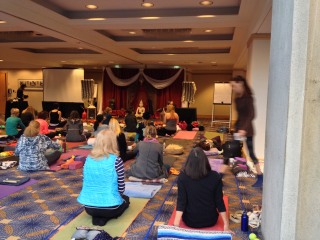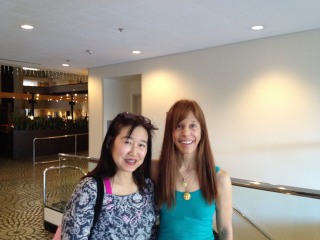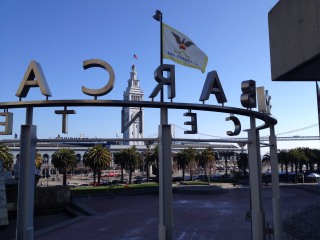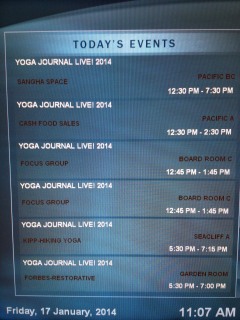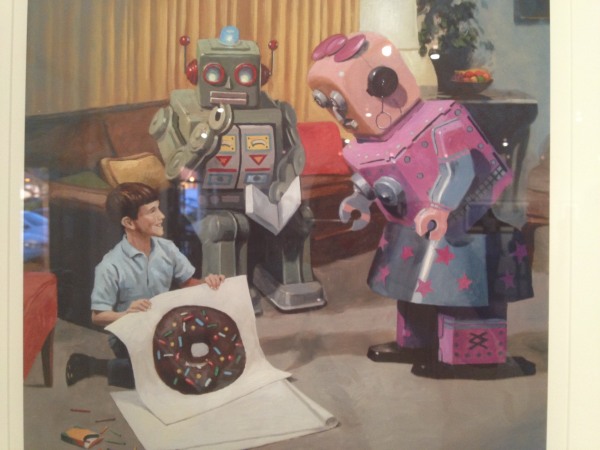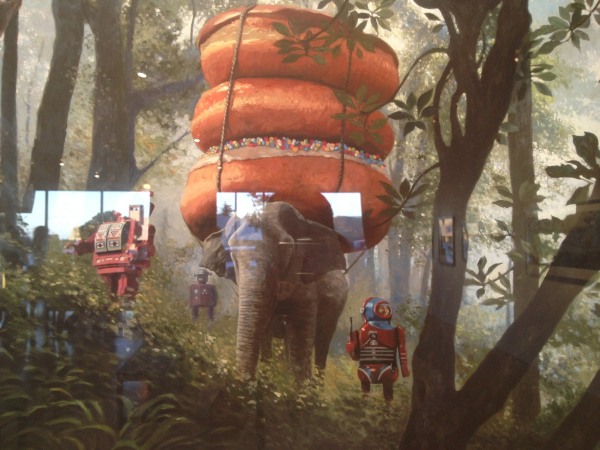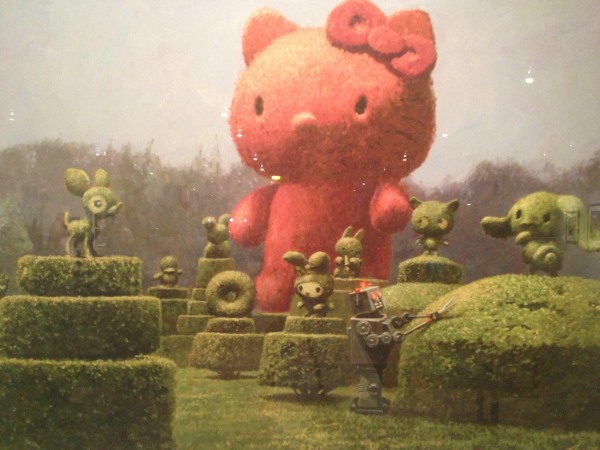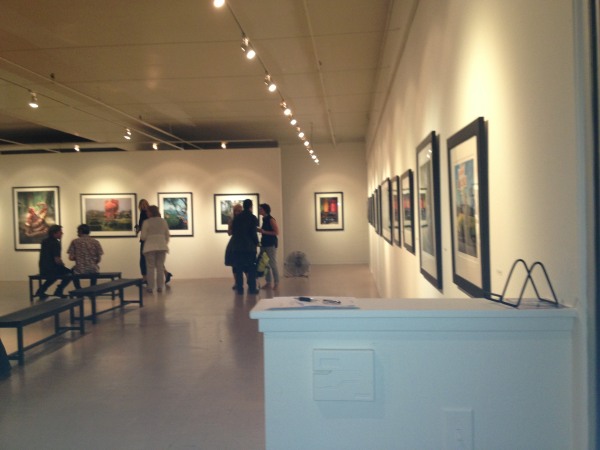Bo Forbes profiled: “Yoga Therapy Today calls Bo ‘a scholar, healer, and maverick’. She is known as an innovator who bridges the worlds of yoga, yoga therapy, psychology, and neuroscience. Her workshops, teacher trainings, and yoga therapy trainings marry the yoga and mindfulness traditions with a modern, 21st-century context”.
Bo Forbes got her PhD at age 25 (when she looked 12 she jokes) and now she’s how old? Maybe in her 40’s… But still look to be 25… an ultimate proof of yoga at work. She has won the endorsements and earned the respect from some of the best of the best teachers – I call masters – around. Here’s a positive feedback on Bo’s book on Restorative Yoga from Judith Hanson Lasater, herself the most well known expert in this field:
“After reading Bo Forbes’ book, I had the paradoxical experience of being excited and eager to get down on the floor and practice a deep relaxation immediately! I attribute this desire equally to Dr. Forbes’ expertise in psychotherapy and to the wisdom she has gained from her own mature yoga practice. While the simplicity of these practices belies their profound power and benefit, how wonderful if we all followed her advice and relaxed deeply every day. Yoga for Emotional Balance gives us a window into this possible and healthy world. Highly recommended for all levels of yoga students.”
Bo’s actual teaching style is therapeutic vinyasa yoga followed by restorative yoga which is what I practice at home! Her workshop “The Fascial Web: Accessing the Sentient Wisdom of Our Connective Tissue Matrix” was simply fascinating because of my interest in anatomy – and mind/body interdependence… “The Fascial Web is a system of connective tissue that links every cell in our bodies. Far from merely a physical entity, this web is sentient and intelligent. It plays a key role in the health of our nervous system, emotional brain, and pain pathways. Come discuss why fascial health eclipses the importance of muscular health. We’ll learn why neurofascial integration is such an important element of mind-body health and explore the three main interventions that promote neurofascial reintegration. We’ll experience a variety of fascial release techniques to incorporate into our group classes and private yoga sessions.” So many great teachers at one place one weekend – what a treat for anyone who wants to learn and experience from those teachers whose books you read. Here’s a the chance for an actual privilege to learn directly from the masters. Great energy, great space, made possible by great yogis and yoginis whose love for yoga is infectious.
What did I learn here this time?
Fascial health eclipses the importance of muscular health & what’s needed for neurofascial reintegration.
Fascinating stuff I shall share in my class someday:) First of all – what’s Fascia? Muscles, connective tissues, joints, ligaments… vertebrae … us humans are to be marveled at… We are made up of estimated 50-100 trillion cells – and the human brain has approximately 100 billion neurons. Its a whole cosmic universe within us.
